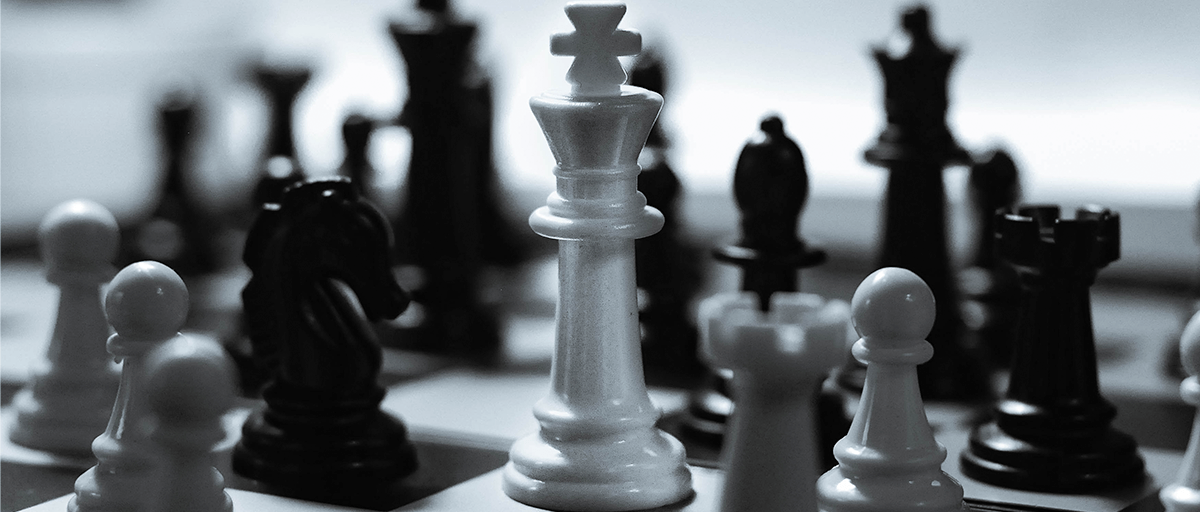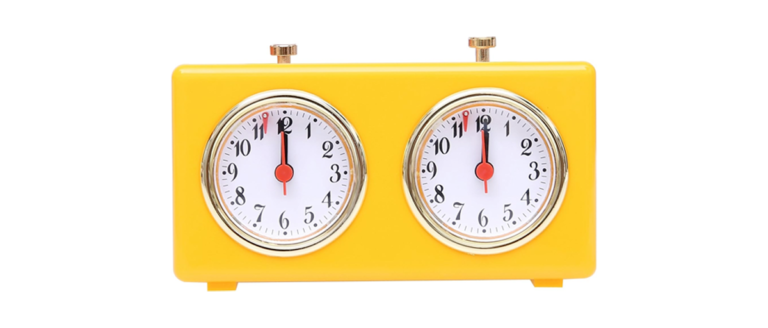Chess is a timeless game that has captivated minds for centuries. It is a game of strategy, planning, and careful execution. One of the most crucial pieces on the chessboard is the King. In this article, we will delve into the intricacies of the King’s movements, discussing its importance and various strategies associated with it.
Table of Contents
The Role of the King
The King is the most vital piece in chess. It represents the player’s monarch and losing it leads to defeat. The primary objective of the game is to checkmate the opponent’s King, meaning to put it under attack in such a way that no legal moves can prevent capture.
The King’s role extends beyond mere survival. It acts as the centerpiece of the player’s strategy, dictating the flow and direction of the game. The King’s position on the board influences the player’s overall plan, determining whether to launch an offensive or adopt a defensive stance.
Understanding How The King Moves in Chess
The King has limited mobility compared to other pieces. It can move only one square in any direction: horizontally, vertically, or diagonally. However, it cannot move to a square that is under attack by the opponent’s pieces. This restriction necessitates careful planning and positioning of the King throughout the game.
To maximize the King’s potential, it is essential to exploit its ability to move in all directions. By carefully analyzing the position of the opponent’s pieces, players can strategically maneuver the King to advantageous squares. This allows the King to control key areas of the board and contribute to the overall strategy.
Castling: A Strategic Move
One unique move involving the King is castling. Castling is a strategic maneuver that allows the King to move two squares towards a Rook on its initial square, while the Rook moves to the square next to the King. This move is subject to specific conditions:
- The King and the Rook must not have moved previously in the game.
- The squares between the King and the Rook should be unoccupied.
- The King must not be in check, nor pass through or end up in a square attacked by opponent’s pieces.
Castling serves two crucial purposes: safety and development. It safeguards the King by placing it behind a wall of pawns and simultaneously connects the Rooks, enhancing their influence on the board.
By castling early in the game, players can efficiently establish a secure position for their King while also activating one of their Rooks. This move provides a strong foundation for future strategic decisions and allows for a more harmonious coordination of other pieces.
King in the Opening
In the opening phase of the game, it is vital to prioritize the King’s safety. As such, players often castle early to protect their monarch. The choice of which side to castle depends on the position of the opponent’s pieces and the player’s strategic goals.
The decision to castle kingside or queenside can have a profound impact on the subsequent gameplay. Castling kingside offers a more straightforward and natural path for the King’s safety, as it involves fewer risks and allows for a quicker connection between the Rooks. On the other hand, castling queenside can provide a greater potential for a counterattack, but it also exposes the King to more vulnerabilities.
Additionally, in some opening variations, players may delay castling to maintain flexibility and keep their intentions ambiguous. However, this approach carries higher risks, requiring precise calculations and evaluation of potential threats.
King in the Middle Game
As the game progresses to the middle phase, the King’s role evolves. It becomes more active, contributing to the coordination and execution of strategic plans. The King can aid in pawn promotion, support the advancement of other pieces, and participate in tactical maneuvers.
In the middle game, it is essential to balance the King’s activity with its safety. Overexposure can lead to vulnerabilities that the opponent can exploit. Therefore, it is crucial to maintain a cautious approach while utilizing the King’s flexibility to the fullest extent.
The King’s involvement in pawn promotion is particularly significant during the middle game. By escorting pawns towards the opponent’s territory, the King ensures their safe transformation into more powerful pieces, such as Queens or Knights. Additionally, the King’s ability to support other pieces in their strategic objectives, such as controlling key squares or launching an attack, is invaluable.
King in the Endgame
The endgame is the final phase of the game, with fewer pieces remaining on the board. Here, the King’s role becomes pivotal. It transforms from a defensive piece to an aggressive force, capable of actively participating in the game.
In the endgame, the King’s mobility becomes even more pronounced. With fewer obstacles on the board, it gains the freedom to venture into enemy territory and play a more offensive role. The King can assist in checkmating the opponent’s King, using its maneuverability to deliver checkmate or aid other pieces in executing the final blow.
The King’s ability to move freely across the board becomes even more valuable in this phase, often determining the outcome of the game. It is crucial to activate the King and utilize its presence to create threats and seize opportunities that can lead to victory.
King Safety: A Top Priority
Throughout the game, ensuring the King’s safety is of paramount importance. Here are some key tips to keep in mind:
- Develop a strong pawn structure around the King, creating a protective shield. A well-structured pawn formation acts as a fortress, providing cover and minimizing potential weaknesses.
- Avoid unnecessary piece exchanges that may expose the King. Trading pieces should only be done when it significantly benefits the overall strategy.
- Maintain awareness of potential checkmate threats from different angles. Constantly analyze the opponent’s position and anticipate possible attacks on the King.
- Keep the King away from open files and vulnerable squares. Open files can provide direct access to the King, making it susceptible to attacks. Identify and fortify weak squares to ensure the King’s safety.
- Utilize the King’s ability to escape to safer areas when under attack. The King’s mobility allows it to seek shelter in more secure positions, avoiding immediate danger.
By prioritizing King safety, players can create a solid foundation for their overall strategy and increase their chances of success. A well-protected King provides stability and enables players to focus on executing their plans without constant worry about the monarch’s vulnerability.
Conclusion
Mastering chess involves understanding the intricacies of each piece, and the King is undoubtedly the most crucial one. By comprehending the King’s movements, strategizing its positioning, and prioritizing its safety, players can enhance their gameplay and improve their chances of victory. So remember, in the game of chess, the King may move only one square at a time, but its importance is immeasurable.
FAQ
1. What is the role of the King in chess?
The King is the most vital piece in chess. It represents the player’s monarch and losing it leads to defeat. It also acts as the centerpiece of the player’s strategy, dictating the flow and direction of the game.
2. How does the King move on the chessboard?
The King can move only one square in any direction: horizontally, vertically, or diagonally. However, it cannot move to a square that is under attack by the opponent’s pieces.
3. What is castling in chess and why is it important?
Castling is a strategic maneuver that allows the King to move two squares towards a Rook, while the Rook moves to the square next to the King. It serves the purposes of safety and development, safeguarding the King and connecting the Rooks.
4. How does the role of the King change in different phases of the game?
In the opening, the King’s safety is prioritized. In the middle game, it becomes more active, aiding in pawn promotion and supporting other pieces. In the endgame, the King becomes aggressive, actively participating in the game and aiding in checkmating the opponent’s King.
Affiliate Disclosure
Some of the links on Chesspert.com are affiliate links. This means that we may earn a small commission if you click through and make a purchase, at no additional cost to you. Please note that our product reviews and roundups are independent, and the affiliate relationships do not influence our content in any way.
Chesspert.com is a participant in the Amazon Services LLC Associates Program, an affiliate advertising program designed to provide a means for sites to earn advertising fees by advertising and linking to Amazon.com.
Chesspert.com is also a participant in the GammonVillage Inc. Affiliate Program, an affiliate advertising program designed to provide a means for sites to earn advertising fees by advertising and linking to GammonVillage.com.
Amazon and the Amazon logo are trademarks of Amazon.com, Inc. or its affiliates. GammonVillage is a trademark of GammonVillage Inc. or its affiliates.
Our passion for board games extends far beyond the chess table. We’ll be your trusted companion, on a journey through the enchanting realms of not only chess but also backgammon, dominoes, mahjong, checkers, and a diverse array of other captivating board games.
Whether you’re in search of the ideal chess set, luxury backgammon sets, a chinese checkers set, a checkers set, or if you’re seeking the excitement of a thrilling game of mahjong solitaire, we’ll guide you along the way.
In partnership with our affiliates, we bring you an extensive selection of board games and past times to explore and enjoy.
Dive into our extensive collection of guides and reviews, and unlock the joy and exhilaration that board games offer. From exquisitely crafted game pieces to the essential accessories that elevate your gaming experience, we’re here to guide you through it all with ease and delight.
Join us in celebrating the timeless allure and camaraderie that these games nurture, one post at a time!






